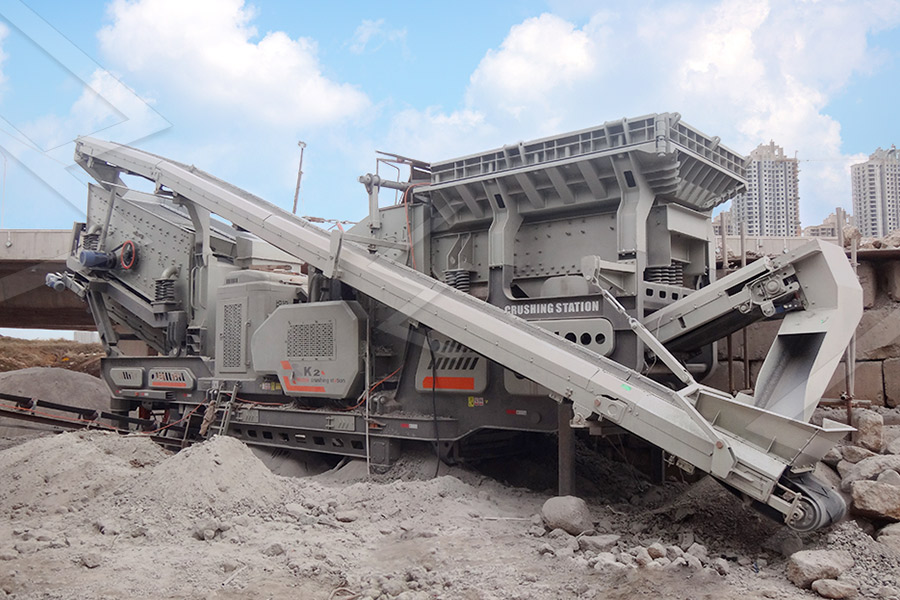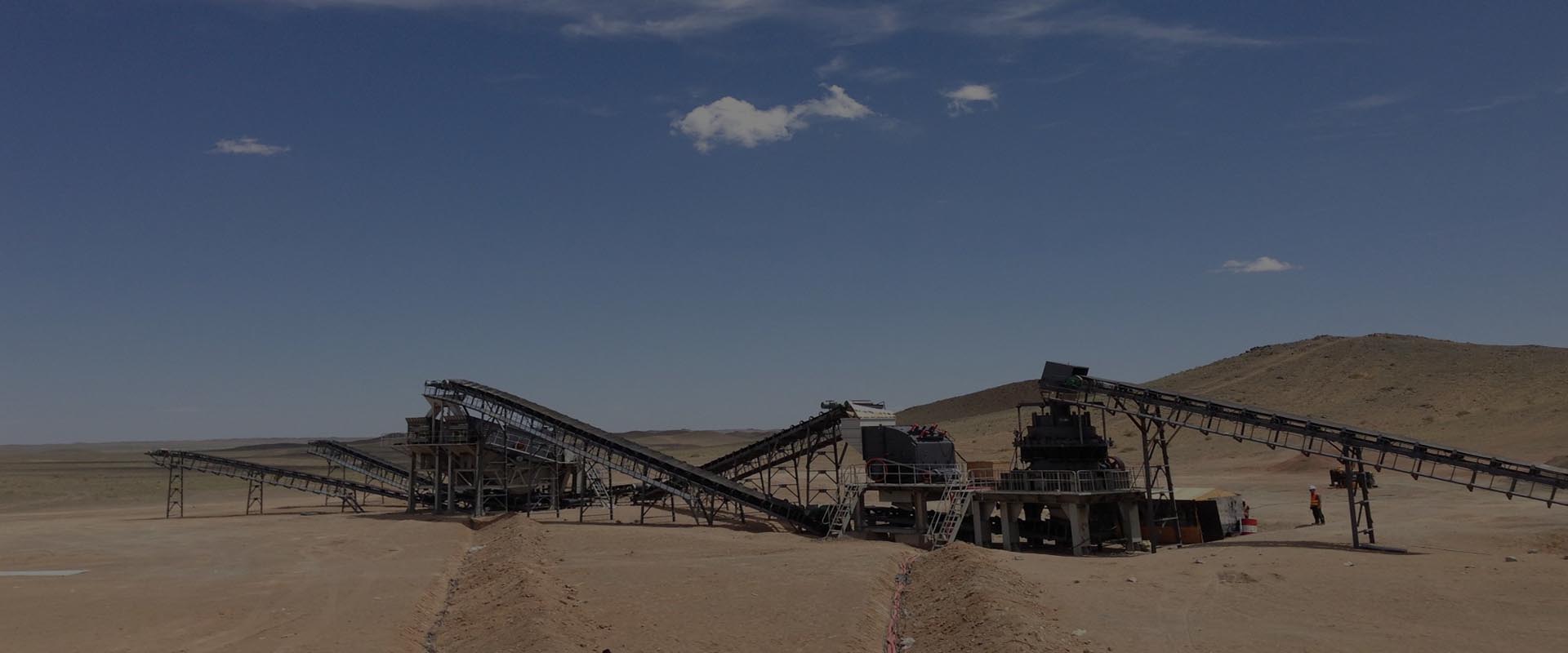cement clinker ratio

Analysis of high clinker ratio of Portland Composite ...
2020-10-1 · According to Indonesian Standard SNI 15-7064-2004, Portland Composite Cement (PCC) or blended cement is defined as a hydraulic binder which consists of clinker, gypsum and one or more inorganic materials where their contents range from 6% to 35% of the total mass of PCC. However, some factories still have their clinker levels in PCC above 80%.
Read More

(PDF) Analysis of high clinker ratio of Portland Composite ...
blended cement is defined as a hydraulic binder which consists of clinker, gypsum and one or. more inorganic materials where their contents range from
Read More

Analysis of high clinker ratio of Portland Composite ...
Final r evised Manuscript with changes Marked A nalysis of high clinker ratio of P ortland Composite Cement (PCC) Prihadi Setyo Darmanto 1* and Alfi Amalia 2* 1Faculty of Mechanical and Aerospace ...
Read More

Cement – Analysis - IEA
Conversely, the clinker-to-cement ratio falls 0.8% per year to a global average of 0.65 by 2030 in the Net Zero Emissions by 2050 Scenario, owing to greater use of blended cements and clinker substitutes, including industrial by-products such as blast furnace slag and fly ash.
Read More

Cemento Maestro: reducing the clinker-to-cement ratio
2022-1-14 · Reducing the clinker-to-cement ratio . Reducing the clinker-to-cement ratio is key to cutting the carbon impact of cement. Our ambition is to reach an average clinker factor of 68% globally by 2030, by repurposing byproducts from other industries and construction and demolition waste, investing in calcined clay facilities as well as developing novel cements with new binders.
Read More

Data on Clinker and Cement Production
2020-2-27 · Equation 10: Clinker mass balance For the clinker mass balance at plant level this means: B + S start + C in + K in + P = D + S end + C out + K out + M. where: B = the clinker which is bought from other companies.; S end = the
Read More

Clinker: compositional parameters - Understanding Cement
Clinker: compositional parameters. Chemical parameters based on the oxide composition are very useful in describing clinker characteristics. The following parameters are widely used (chemical formulae represent weight percentages): Lime Saturation Factor (LSF) The Lime Saturation Factor is a ratio of CaO to the other three main oxides.
Read More

Cement Clinker Quality Control During Clinker Production ...
The following are several important factors affecting the cement clinker quality. In the process of clinker production, strict control of these factors can ensure the production of high-quality, high-yield clinker. 1. Lime Saturation Factor. The lime saturation factor (LSF) is a ratio of CaO to other oxides, it is used to control the proportion ...
Read More

Raw meal to clinker ratio - Page 1 of 5
Re: Raw meal to clinker ratio. The true raw meal to clinker factor is given by: 1/ (1 – Loss on ignition of kiln feed). It is normally about 1.55. The major variation from plant to plant arises because of the dust loss from the kiln feed, which varies from kiln to kiln dependent on the collection efficiency of the top stage preheater cyclone.
Read More

Kiln feed to clinker ratio - Page 1 of 1
2008-6-6 · Re: Kiln feed to clinker ratio. Dear Bashar, Certainly improving the collection efficiency of the cyclones in the preheater will improve the kiln feed to clinker ratio. With kiln feed of typical lime saturation and calcium carbonate content the kiln feed to clinker factor would be expected to be around 1.54 due to loss of CO2 from the CaCO3.
Read More

(PDF) Analysis of high clinker ratio of Portland Composite ...
blended cement is defined as a hydraulic binder which consists of clinker, gypsum and one or. more inorganic materials where their contents range from
Read More

Analysis of high clinker ratio of Portland Composite ...
Final r evised Manuscript with changes Marked A nalysis of high clinker ratio of P ortland Composite Cement (PCC) Prihadi Setyo Darmanto 1* and Alfi Amalia 2* 1Faculty of Mechanical and Aerospace ...
Read More

Cemento Maestro: reducing the clinker-to-cement ratio
2022-1-14 · Reducing the clinker-to-cement ratio . Reducing the clinker-to-cement ratio is key to cutting the carbon impact of cement. Our ambition is to reach an average clinker factor of 68% globally by 2030, by repurposing byproducts from other industries and construction and demolition waste, investing in calcined clay facilities as well as developing novel cements with new binders.
Read More

Data on Clinker and Cement Production
2020-2-27 · Equation 10: Clinker mass balance For the clinker mass balance at plant level this means: B + S start + C in + K in + P = D + S end + C out + K out + M. where: B = the clinker which is bought from other companies.; S end = the
Read More

Cement Clinker Quality Control During Clinker Production ...
The following are several important factors affecting the cement clinker quality. In the process of clinker production, strict control of these factors can ensure the production of high-quality, high-yield clinker. 1. Lime Saturation Factor. The lime saturation factor (LSF) is a ratio of CaO to other oxides, it is used to control the proportion ...
Read More

Raw meal to clinker ratio - Page 1 of 5
Re: Raw meal to clinker ratio. The true raw meal to clinker factor is given by: 1/ (1 – Loss on ignition of kiln feed). It is normally about 1.55. The major variation from plant to plant arises because of the dust loss from the kiln feed, which varies from kiln to kiln dependent on the collection efficiency of the top stage preheater cyclone.
Read More

Kiln feed to clinker ratio - Page 1 of 1
2008-6-6 · Re: Kiln feed to clinker ratio. Dear Bashar, Certainly improving the collection efficiency of the cyclones in the preheater will improve the kiln feed to clinker ratio. With kiln feed of typical lime saturation and calcium carbonate content the kiln feed to clinker factor would be expected to be around 1.54 due to loss of CO2 from the CaCO3.
Read More

ESSD - Global CO2 uptake by cement from 1930 to 2019
2021-4-30 · In short, on top of the regional cement production and/or clinker ratio data, other statistics necessary to carry out such regional calculations include (all regional) the proportion of cement used for making concrete (as opposed to
Read More

Portland cement clinker - Understanding Cement
Portland cement clinker - overview. Portland cement clinker is a dark grey nodular material made by heating ground limestone and clay at a temperature of about 1400 °C - 1500 °C. The nodules are ground up to a fine powder to produce
Read More

Reducing Clinker Content and Carbon Footprint of
2019-4-10 · • Portland Cement is manufactured from limestone and shale rocks that have been fired at 1450 C to form a synthetic rock called clinker. This clinker is then crushed to a powder. • When limestone is heated, it gives off CO 2. –CaCO 3 CaO + CO 2 • This reaction is unavoidable in the manufacture of cement clinker • So to reduce CO 2 the ...
Read More

Cement and clinker - Stromme
2021-12-28 · Cement and clinker. For cleaning after cement and clinker we recommend to use Stromme Cement and Rust Remover for cleaning, dilution ratio with water 1:1 to 1:3. Dry clean and remove as much as possible dust from the
Read More

Cement Clinker Quality Control During Clinker Production ...
The following are several important factors affecting the cement clinker quality. In the process of clinker production, strict control of these factors can ensure the production of high-quality, high-yield clinker. 1. Lime Saturation Factor. The lime saturation factor (LSF) is a ratio of CaO to other oxides, it is used to control the proportion ...
Read More

Kiln feed to clinker ratio - Page 1 of 1
2008-6-6 · Re: Kiln feed to clinker ratio. Dear Bashar, Certainly improving the collection efficiency of the cyclones in the preheater will improve the kiln feed to clinker ratio. With kiln feed of typical lime saturation and calcium carbonate content the kiln feed to clinker factor would be expected to be around 1.54 due to loss of CO2 from the CaCO3.
Read More

Global 2 emissions from cement production
2020-6-8 · ing (i.e. lower clinker ratios) in cement production in re-sponse to work by the World Business Council for Sustain-able Development (WBCSD), who released sample-based estimates of the clinker ratio in a range of countries (Anony-mous, 2010). In version 4.3.2, EDGAR used official esti-mates from Annex I parties to the UNFCCC, specific clinker
Read More

ESSD - Global CO2 uptake by cement from 1930 to 2019
2021-4-30 · In short, on top of the regional cement production and/or clinker ratio data, other statistics necessary to carry out such regional calculations include (all regional) the proportion of cement used for making concrete (as opposed to
Read More

Clinker – German Cement
Clinker is a solid material produced in the manufacture of Portland cement as an intermediary product. The Portland clinker essentially consists of four mineral phases: two calcium silicates, alite (Ca3Si) and belite (Ca2Si), along with tricalcium aluminate (Ca3Al) and calcium aluminoferrite (Ca4AlFe). These main mineral phases are produced by heating at high
Read More

cement plant calculations kiln, mills, quality, combustion ...
Alkali / Sulphur ratio Liquid Phase LP% 3CALC. %Ash absorption in clinker Raw Mix to Clinker ratio (R/C) Go To Online Calculators. Clinker C3S, C2S, C3A, C4AF Cement C3S, C2S, C3A, C4AF Burnability index (for clinker) Burnability factor (for clinker) Burning temperature (minimum) Go To Online Calculators.
Read More

What is Cement Clinker? Composition, Types & Uses - Civil ...
2022-2-8 · Clinker is a nodular material produced in the kilning stage during the production of cement and is used as the binder in many cement products. The lumps or nodules of clinker are usually of diameter 3-25 mm and dark grey in color. It is produced by heating limestone and clay to the point of liquefaction at about 1400°C-1500°C in the rotary kiln. ...
Read More

Portland cement clinker - Understanding Cement
Portland cement clinker - overview. Portland cement clinker is a dark grey nodular material made by heating ground limestone and clay at a temperature of about 1400 °C - 1500 °C. The nodules are ground up to a fine powder to produce
Read More

The Cement Sustainability Initiative
2018-7-25 · Clinker substitution Clinker to cement ratio 78.0 - 5.9% Thermal energy efficiency MJ/tonne clinker 3,690 -14% Electric energy efficiency MWh/tonne cement 111 - 3.5% . 5/43 2 Introduction In 2006, the WBCSCD Cement Sustainability Initiative (CSI) committed to developing a global and regional CO ...
Read More
